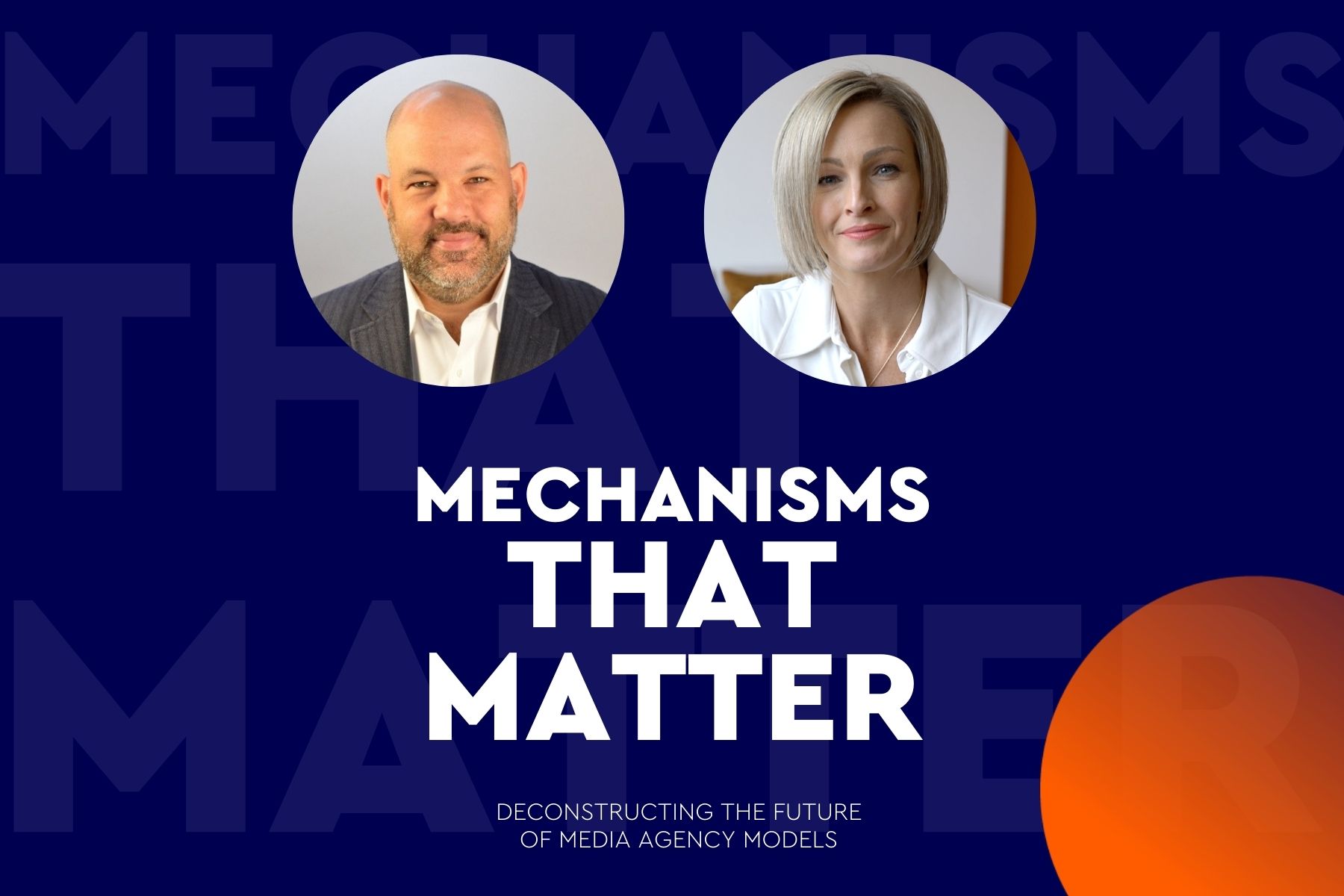
Modern business needs a modern agency model
Why agencies and clients need to get closer to be more effective
It was James Walter Thompson who started the agency model during the Gilded Age, which lasted from the late 1870s and continued into the early 1900s – a time that saw leaps forward in technology, science and the rise of big business. Thompson, who brokered print media space, realised he’d sell more inventory if the advertising worked harder. He hired writers and artists to produce more creative advertisements for his clients and the gradual migration from advertisers’ in-house teams to more creative specialist agencies began: an entire industry model was born.
The core principle, that agencies could attract and organise creative talent in a way that the client couldn’t, has stood the test of time. We’re specialists who dedicate our time to the pursuit of creative excellence. We build environments for creative people to thrive and progress by ensuring that the most talented people nurture and develop the next generation.
Modern consumers devour the work we craft. They have seemingly infinite platform choices, are better informed than at any time in history, have low boredom thresholds, and embrace technology to make their experiences as rewarding as possible. They are firmly in control – the interruption era is well and truly behind us.
With our clients’ businesses constantly undergoing significant changes, we too, as agencies, need to evolve in parallel.
Like a mistimed joke, a brilliant creative idea delivered late has limited value, so, speed, agility, and efficiency of delivery are the new performance essentials.
Dynamic content optimisation works well when you optimise in real time. Social media engagement works best when you are part of a conversation at the time it’s happening. Commerce opportunities are maximised when you change your pricing strategy mid-stream in response to competitor activity or market demand.
Add to that the need for better agency-client transparency, closer collaboration with client stakeholders in different areas of their businesses, and the need to connect their data sources. There is greater demand for brands to bring agencies closer, either through agency co-location, or establishing bespoke, onsite multi-disciplinary teams.
Taking agencies inside clients’ businesses is a straightforward concept: sizeable agency teams work alongside their clients onsite to deliver the most creative, timely work in the most efficient way possible.
Wunderman Thompson Inside does just this. We share our clients’ problems and opportunities as they arise, drawing on the skills and resources from the rest of the organisation when needed, to deliver timely and relevant creative communications powered by data and technology. Our delivery times can be measured in hours, not weeks.
Much of the 2019 conversation is about new agency models: procurement demands more efficient solutions; chief marketing officers require better performance; shareholders need growth; agency heads want deeper relationships; planners want more access to data, and so on. Taking some of the agency solution onsite is part of the answer.
Modern businesses need a modern agency model – Mr Thompson would certainly agree.
published on
27 November 2019
Category
More in Communications

Rebranding cancer: how brands heal and hurt
Along with consumer brands, the ‘brand’ of condition or event influences us.

Mechanisms that Matter – Inside WPP | Ford’s revolutionary marketing model
How a process created on the factory floor over 70 years ago has transformed ops for the auto giant

How to build your brand in-game
A new research report from WPP and SuperAwesome

